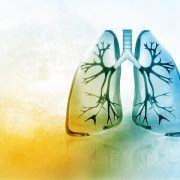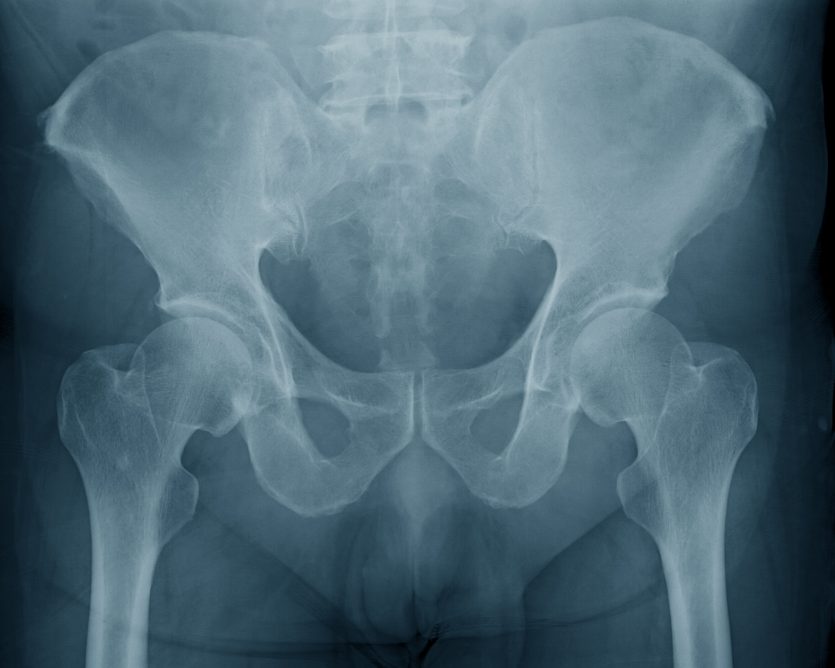Tag Archive for: vitamins and supplements
Recent studies have indicated that oxidative stress may be a contributing factor in the development of decreased bone density and an increased risk of bone fracture.
The study, published in the journal Osteoporosis International, included 21,774 Norwegian men and women aged 65-79 that were part of a community-based health study. Serum Vitamin E concentrations were measured at the beginning of the study and subjects were followed for 11 years.
During the course of the follow up, 1,168 hip fractures were reported in both men and women. After adjusting for smoking, month of blood sample, BMI, education, physical inactivity, self-rated health, and serum 25-hydroxy vitamin D (25(OH)D), serum vitamin E levels showed a linear inverse association with hip fracture risk. Among subjects in the lowest quartile (25%) of serum Vitamin E, the risk of hip fracture was 51% higher than those whose levels were among the top 25%.
In this population, low serum vitamin E concentrations were associated with an increased risk of hip fractures. These results confirm the findings of two recent cohort studies, which also found an increased risk of bone fracture among older adults with low serum vitamin E concentrations. The researchers suggest that in addition to its antioxidant effect, vitamin E could have a direct role in bone remodeling. However, further research is needed to clarify the role of vitamin E in maintaining bone health.
Vitamin D supplementation is recommended during pregnancy. But after birth, the ability to maintain healthy vitamin D levels in breastfed infants is more difficult, so vitamin D supplementation is generally recommended for breastfed infants.
In a study published online in the American Journal of Clinical Nutrition, researchers sought to determine the effect of three different doses of maternal vitamin D supplementation on infant serum vitamin D levels when taken during pregnancy and continuing for 8 weeks after birth.
The study included 226 normally healthy pregnant women who were randomly assigned to receive vitamin D dosages of 400 IU, 1000 IU, and 2000 IU per day from the second trimester until 8 weeks postpartum. The infants were not given vitamin D supplementation. Blood was collected for analysis at 8 weeks after birth.
The average serum vitamin D level in infants whose mothers took 2000 IU/day was higher (75 mmol/L or 30 ng/ml) than in 1000 IU/day group (52 mmol/L or 20.8 ng/ml) and the 400 IU/day group (45 mmol/L or 18 ng/ml). Only 2% of the infants born to mothers supplemented with 2000 IU were considered deficient (<30 mmol/L or 12 ng/ml) compared to 16% and 43% in the 1000 IU and 400 IU group respectively. Less than 15% of the infants in the 1000 IU and 400 IU group reached a vitamin D level over 75 mmol/L (30 ng/ml) compared to 44% born to the group supplemented with 2000 IU/day. The mothers supplemented with 2000 IU/day had an average vitamin D level of 88 mmol/L (35.2 ng/ml) at 8 weeks postpartum, while the mothers taking 1000 IU and 400 IU had lower average levels at 78 mmol/L (31.2 ng/ml) and 69 mmol/L (27.6 ng/ml) respectively.
The results of this study indicate that supplementation with 2000 IU/day is required beginning in gestation and during the first 8 weeks of breastfeeding to protect 98% of un-supplemented infants against vitamin D deficiency. Nearly half of un-supplemented infants of mothers taking 400 IU/day were vitamin D deficient after 8 weeks of breastfeeding.
Thanks for sharing! Entering your USANA ID number creates a unique URL, which allows you to receive credit on referrals.
Here’s how it works: When the link is clicked, a cookie (if allowed) is created. Shopping buttons on applicable product pages will appear to the referred user. A click on these buttons passes your referral information to USANA’s Shopping Cart, tying purchases made on cookie-containing devices to you for 30 days. In addition, if a person clicks on this unique URL and then later visits USANA.com and makes a purchase (within 30 days), you receive credit for the sale.
Enter your ID now for these enhanced features.









